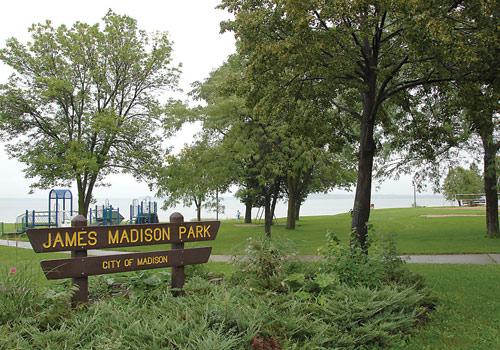Last Friday, Gov. Tony Evers announced that 12.9 million trees were planted in Wisconsin as part of the Trillion Tree Pledge in the last year. The initiative was designed as a tool to reduce Wisconsin’s carbon emissions and climate impact — more trees means more vessels to store carbon dioxide.
Trees are a timeless weapon against climate change, but how helpful is this initiative, really?
In 2019, a team of climate researchers found that if an additional 2.2 billion acres were reforested, atmospheric carbon could be reduced by 25%. The problem is that 2.2 billion acres is a huge area — about the size of China. In the U.S., the nation would need to plant about 500 trees per individual each year just to offset its own carbon footprint. In this context, the 12.9 million trees planted in Wisconsin seem woefully inadequate compared to a population of nearly 6 million people.
Reforestation practices are not all inherently good, either. Wholesale planting of a select few species of trees in an area can create a “sterile landscape” that threatens biodiversity and decreases the resilience of ecosystems. Replanting trees in Wisconsin should not be a pure numbers game but intentional and thought-out efforts with ecological balance in mind.
If simply planting trees doesn’t stop the inertia of climate change, Wisconsin must focus on another goal — lowering carbon emissions. Thankfully, Evers had this in mind when he set up Wisconsin’s Clean Energy Plan.
Evers announced the CEP by executive order last summer. While the CEP holds no legislative teeth, the policy objectives outlined would be critical for Wisconsin’s role in minimizing the impacts of climate change. In the plan, Evers hopes to bring the state to 100% carbon-free electricity by 2050 and fulfill the Paris Agreement carbon reduction goals, among other equitable economic and environmental goals.
If the makeup of the Wisconsin State Legislature — now heavily dominated by Republicans — remains conservative, the probability that the state reaches the objectives outlined in the CEP is low. Republicans have been very slow to move clean energy bills through the legislature, but signs show growing support for the industry in conservative circles.
The CEP is bold. It has to be. From declining birch and spruce trees in the Northwoods to deteriorating water quality in Lake Michigan and shortening ice fishing seasons, residents across the state are feeling the effects of climate change. Planting trees is not enough — the legislature must act to put concrete policy behind the governor’s Clean Energy Plan. The alternative is not an option.
Jack Rogers (jkrogers3@wisc.edu) is a freshman studying economics and Chinese.


